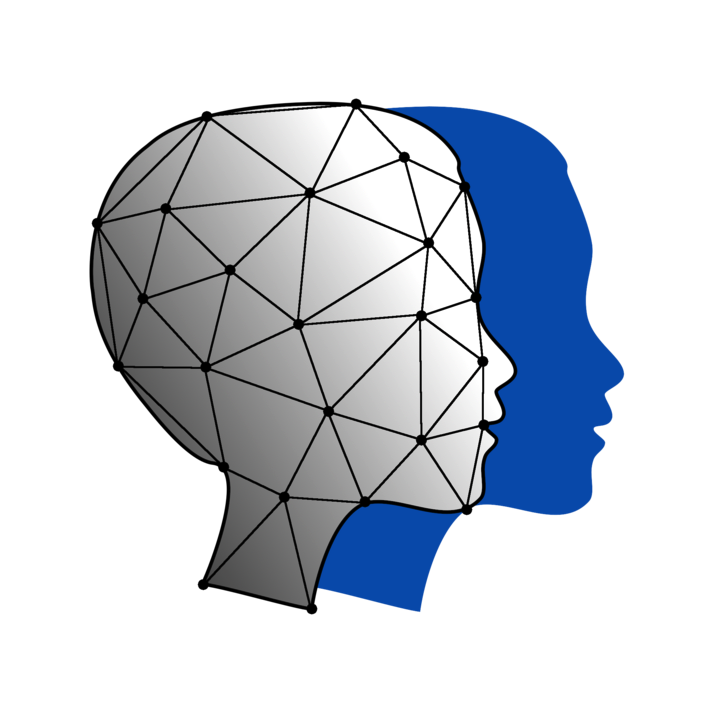Module 0 - Where is the on switch?
Let’s Do Digital Team
Introduction
- Welcome and thank you for joining our course.
- We hope you enjoy the course and find it helpful.
- Please provide feedback at the end of the course, so we can help improve things further.
- If you enjoyed module 0, then we have several further modules for you to learn from.
1st section - The coding environment
- We will explore the development (teaching) environment.
- Get you connected to the development environment.
- Get you running some common command line functions in the
Lesson 1hands on session.
2nd section - Python Basics
- How do we communicate with computers.
- Introduction to the python programming language.
- Learn about:
- Syntax
- Variables
- Operators
- Control flow
- Functions
- Error handling
- Then get you programming in the
Lesson 2andlesson 3hands on sessions.
Why learn to code?
- We learn biology and anatomy at university to better understand and practice clinical medicine. Why don’t we learn the base subject of “digital” to better understand and practice digital medicine?
- Of course not all clinicians should be expected to have extensive knowledge in coding and digital health; that would take clinicians away from the front line, and also clinicians are expensive coders.
- However, having a small number of subject matter experts in both disciplines can be highly advantageous to implementing better and safer digital health projects.
- Also, how can you be expected to understand how AI and large language models work if you don’t understand the basis of how computers think?
How can you use your coding skills in health care?
- Data analytics
- Building apps
- Interoperability
- Automate routine tasks
- Help lead a software development team with knowledge of both digital and clinical aspects.
- Indeed, anything digital
Tutor groups
- Everyone should have an assigned tutor group. If not, please do speak up.
Off we go to the shell
